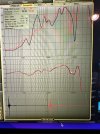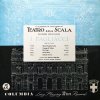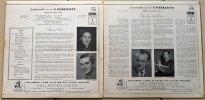STC
Active Member
Anyone here who is using BACCH or other crosstalk cancellation such as Ruark or Weiss and many others to list your speakers model, distance to listener and if possible the room RT.
I am trying to understand why some users cannot get the XTC work in their system.
I will start with mine.
Speakers - Sound Lab electrostatics
Distance - 2.5 meters
RT - 0.2s.
XTC - My own modified RACE version.
Thank you.
I am trying to understand why some users cannot get the XTC work in their system.
I will start with mine.
Speakers - Sound Lab electrostatics
Distance - 2.5 meters
RT - 0.2s.
XTC - My own modified RACE version.
Thank you.





